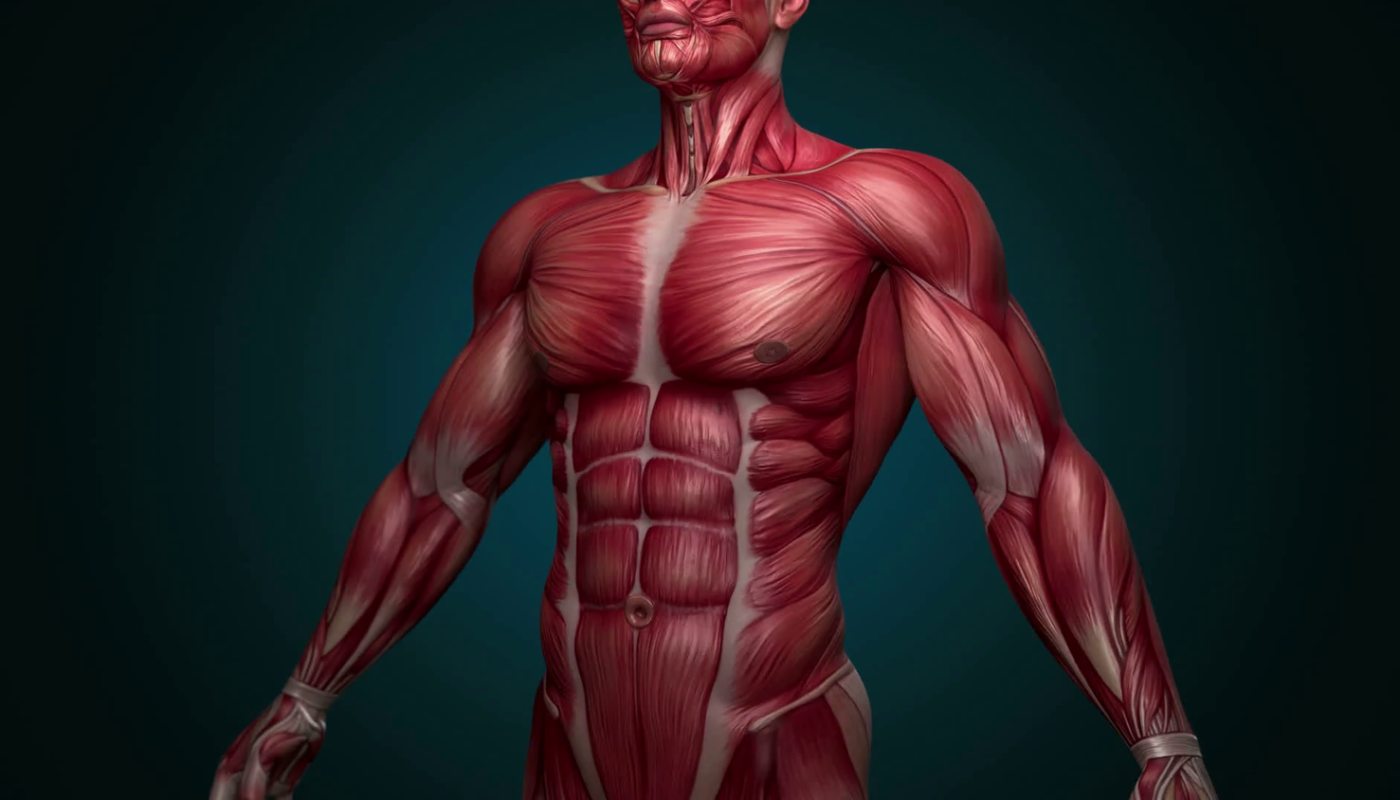A recent study conducted by researchers from the Wellcome Sanger Institute and Sun Yat-sen University has shed light on how human muscles change with aging and the mechanisms they employ to combat the effects of aging at the cellular and molecular levels. The study, which marks the first comprehensive atlas of aging muscles in humans, utilized single-cell technologies and advanced imaging to analyze skeletal muscle samples from 17 individuals across different age groups, offering new insights into the complex processes underlying age-related muscle changes.
Published in Nature Aging on April 15, the atlas identifies new cell populations that may explain why certain muscle fibers age faster than others and reveals compensatory mechanisms that muscles utilize to counteract the effects of aging. These findings not only deepen our understanding of muscle health and aging but also pave the way for the development of future therapies and interventions to improve the quality of life as individuals age.
The research is part of the international Human Cell Atlas initiative, which aims to map every cell type in the human body to enhance our understanding of health and disease. As we age, muscle weakness can impact daily activities and lead to conditions like sarcopenia. Despite the prevalence of age-related muscle deterioration, the underlying reasons have been poorly understood until now.
By employing single-cell and single-nucleus sequencing techniques in conjunction with advanced imaging, the research team uncovered key insights into the molecular changes that occur in aging muscles. They found that genes responsible for protein production were less active in muscle stem cells from aged samples, impairing the cells’ ability to repair and regenerate muscle fibers. Additionally, non-muscle cell populations within skeletal muscle samples produced higher levels of a pro-inflammatory molecule called CCL2, exacerbating age-related muscle deterioration.
The study also revealed the age-related loss of a specific fast-twitch muscle fiber subtype crucial for explosive muscle performance. However, the researchers identified compensatory mechanisms within the muscles, including a shift in gene expression in slow-twitch muscle fibers to compensate for the loss of the fast-twitch subtype and increased regeneration of remaining fast-twitch fiber subtypes.
Moreover, the team identified specialized nuclei populations within muscle fibers that aid in rebuilding the connections between nerves and muscles that decline with age. Knockout experiments conducted in lab-grown human muscle cells confirmed the critical role of these nuclei in maintaining muscle function.
Veronika Kedlian, the first author of the study, emphasized the importance of the study’s multifaceted approach in uncovering previously unknown cellular mechanisms of aging. Professor Hongbo Zhang highlighted the significance of the study’s findings in enhancing our understanding of the aging process and how muscles strive to maintain function despite aging effects. Dr. Sarah Teichmann emphasized the broader implications of the research within the Human Cell Atlas initiative, underscoring the potential for developing therapeutic strategies that promote healthier aging for future generations.
The study’s findings provide a roadmap for researchers worldwide to explore strategies to combat inflammation, enhance muscle regeneration, preserve nerve connectivity, and ultimately promote healthier aging. By delving into the intricate mechanisms underlying healthy skeletal muscle aging, this research offers promising avenues for the development of interventions that can improve the quality of life for individuals as they age.
*Note:
1. Source: Coherent Market Insights, Public sources, Desk research
2. We have leveraged AI tools to mine information and compile it




